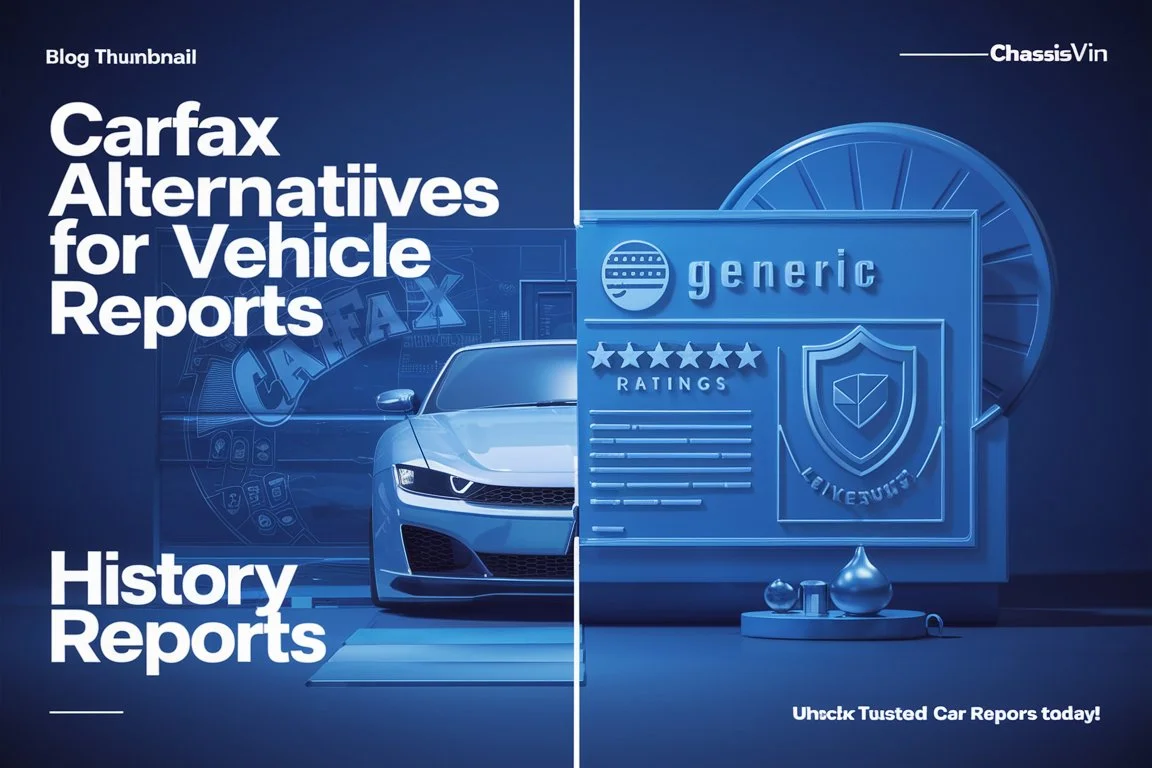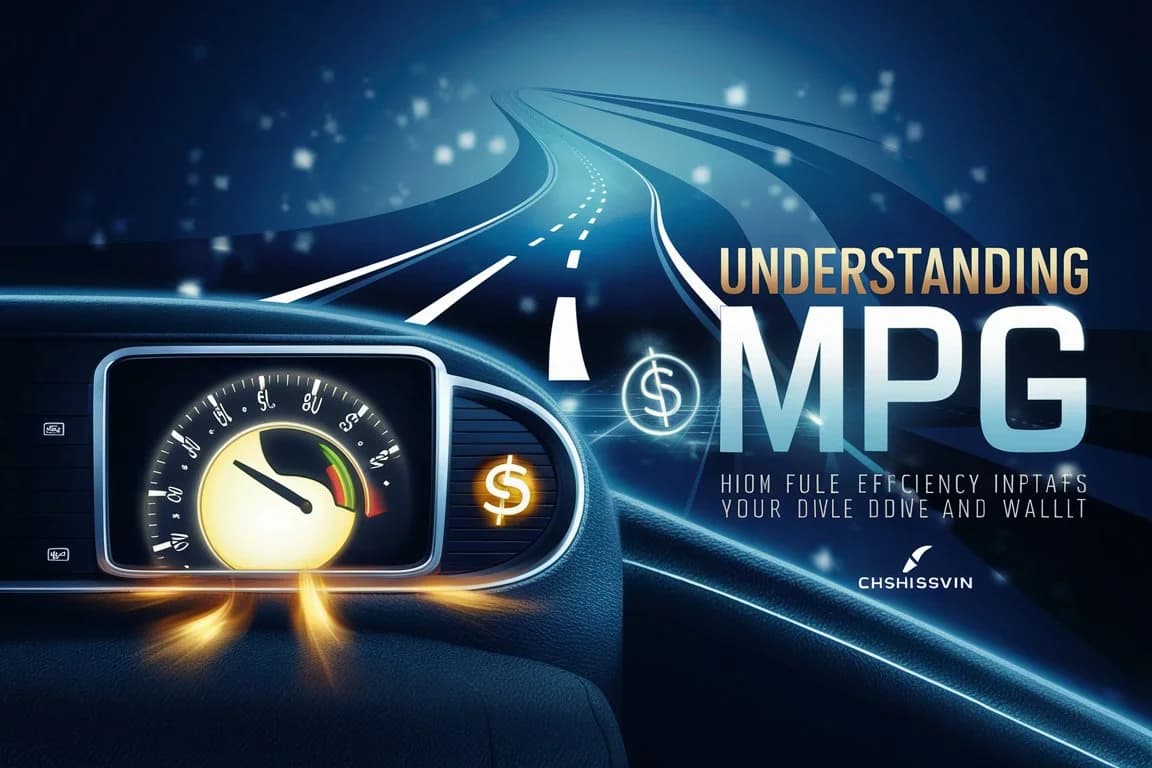How Many Axles Does a Car Have? [Explained]
Learn everything about car axles, their types, functions, and importance in this comprehensive guide.
Car Axles: What They Are and Everything You Should Know
When it comes to car mechanics, axles play a critical role in vehicle operation. Understanding their function can enhance your knowledge of how cars work and help identify potential issues early. In this guide, we’ll explain what car axles are, how they work, and why they’re essential to your car’s performance.
What is a car axle?
A car axle is a structural component that connects and supports the wheels, transferring power from the engine to the wheels to enable movement. Axles also bear the weight of the vehicle and its passengers, making them indispensable to driving safety and performance.
How many axles does a car have?
The number of axles on a car depends on its type and configuration. Most standard passenger cars have two axles—one for the front wheels and one for the rear. Specialized vehicles like trucks or buses may have more axles, depending on their size and purpose.
Front Axle vs. Rear Axle
The front axle supports and steers the front wheels, often housing mechanisms like brakes and suspension. The rear axle, on the other hand, is primarily responsible for transferring engine power to the rear wheels, especially in rear-wheel drive and all-wheel drive vehicles.
Why should you inspect your axles?
Axle inspections are crucial for maintaining vehicle safety and performance. Over time, wear and tear can lead to axle damage, causing issues like vibrations, noise, or difficulty steering. Regular inspections help prevent accidents and expensive repairs.
Who should inspect your axle and how often?
Professional mechanics should inspect your axles during routine vehicle maintenance. It’s advisable to have them checked every 10,000 to 15,000 miles or whenever you notice unusual symptoms like clunking noises or reduced handling performance.
Are axles covered by insurance?
Axle repairs may be covered under comprehensive or collision car insurance, especially if the damage results from an accident. However, general wear and tear are typically excluded, so understanding your policy is crucial.
How many axles does a car have brakes?
Brakes are typically installed on all axles of modern cars to ensure safety and balance during braking. This configuration ensures consistent stopping power, even under heavy loads or adverse conditions.
Types of Axles
There are various types of axles used in cars, each designed for specific functionalities:
- Rear Axle: Transfers power to the rear wheels.
- Front Axle: Handles steering and supports front-wheel braking.
- Stub Axle: Connects wheels to the main axle in smaller vehicles.
What is considered a 2-axle vehicle?
A 2-axle vehicle typically refers to standard passenger cars, SUVs, and some light trucks. These vehicles have one axle connecting the front wheels and another connecting the rear wheels.
What are floating axles?
Floating axles are designed to handle heavy loads while reducing wear on wheel bearings. They come in three main types:
- Semi-Floating Axle: Common in light trucks.
- Full-Floating Axle: Found in heavy-duty vehicles like trucks and buses.
- Three-Quarter Floating Axle: A hybrid option used in some passenger cars.
What is a 4-axle vehicle?
A 4-axle vehicle is a larger vehicle, such as a heavy truck or bus, designed to carry heavier loads. These vehicles have two axles at the front and two at the rear to distribute the weight effectively.
How many axles does a 4-wheel drive have?
A 4-wheel drive (4WD) vehicle usually has two axles but utilizes a drivetrain that delivers power to all four wheels, enhancing traction and stability on rough terrain.
The Role of Axles in Vehicle Dynamics
Axles are not just mechanical components; they are integral to the overall dynamics of a vehicle. They influence handling, balance, and even fuel efficiency. For example, modern cars use advanced axle systems to distribute weight evenly, enhancing stability during high-speed driving or cornering.
Here are some key roles of axles in vehicle dynamics:
- Weight Distribution: Axles help balance the weight of the vehicle and its load.
- Steering Control: Front axles assist in smooth and precise steering.
- Power Transmission: Axles transfer torque from the engine to the wheels efficiently.
Common Issues with Car Axles and Their Solutions
Like any vehicle component, axles can develop issues over time. Common problems include wear and tear, misalignment, or damage due to accidents. Here are some frequent axle problems and their potential solutions:
- Clunking Noises: This often indicates a worn CV joint. Solution: Replace the CV joint.
- Vibrations While Driving: A bent axle could be the cause. Solution: Get the axle repaired or replaced by a professional.
- Leaking Grease: This signals a damaged axle boot. Solution: Replace the boot immediately to prevent further damage.
Axles in Electric and Hybrid Vehicles
Electric and hybrid vehicles often use specialized axle systems to accommodate their unique powertrains. Unlike traditional vehicles, electric cars may have a single motor driving the axle or even individual motors for each wheel. This allows for enhanced performance and regenerative braking.
Benefits of specialized axles in EVs:
- Improved Efficiency: Reduces energy loss during power transfer.
- Enhanced Control: Allows for precise torque distribution across wheels.
- Reduced Maintenance: Fewer moving parts mean less wear and tear.
A Comparison of Axle Types and Their Applications
Here is a table summarizing different types of axles and their typical applications:
| Axle Type | Common Usage | Key Benefits |
|---|---|---|
| Front Axle | Passenger cars, SUVs | Steering control, supports braking |
| Rear Axle | Trucks, RWD cars | Efficient power transfer |
| Floating Axle | Heavy-duty trucks | Handles heavy loads |
| Stub Axle | Smaller vehicles | Compact design, lightweight |
Understanding Axle Maintenance Costs
Maintaining axles can vary in cost depending on the type of vehicle and the specific issue. Here’s a breakdown of typical maintenance costs:
- CV Joint Replacement: $150–$850 per axle.
- Axle Boot Repair: $100–$300 per boot.
- Complete Axle Replacement: $300–$1,500 depending on the car model.
Regular maintenance, such as cleaning and lubricating moving parts, can prevent costly repairs down the line.
How Axle Design Has Evolved Over Time
Axle technology has come a long way from its early days of simple wooden rods used in horse-drawn carriages. Modern automotive axles are precision-engineered to handle higher speeds, increased loads, and advanced driving conditions.
Key milestones in axle evolution:
- Solid Axles: Used in early vehicles for simplicity and strength.
- Independent Suspension: Introduced for better handling and comfort.
- Electric Axles: Emerging technology in EVs for improved performance.
Key Axle Terminology You Should Know
Understanding some common axle-related terms can help you communicate effectively with mechanics and understand vehicle specifications. Here are a few key terms:
- CV Joint: A flexible joint allowing smooth torque transfer at various angles.
- Axle Ratio: The ratio of rotations between the drive shaft and the wheels, affecting speed and torque.
- Differential: A mechanism that distributes torque to wheels at different speeds during turns.
Our Services
Window Sticker
Print window sticker for your vehicle
VIN Decoder
Decode any vehicle manufacturer
Classic VIN Lookup
Decode VINs for classic and vintage vehicles
License Plate Lookup
Search license plate information
VIN Check
Decode any vehicle in US states
Build Sheet by VIN
Get detailed build sheet for your vehicle
Dealers
Unlimited vehicle history reports
Paint Code by VIN
Find your vehicle's exact paint color code
VIN Explorer
Explore detailed vehicle information by VIN
Warranty Check
Check warranty information by VIN
Vehicle Recalls
Understanding Vehicle Recalls: A Complete Guide

Ethan J. Caldwell
Ethan James Caldwell is a graduate of George Washington University (GW). Born and raised in Washington, Ethan has had a lifelong passion for cars, motorcycles, and all things automotive. From a young age, he was captivated by the mechanics, design, and culture surrounding vehicles, which eventually inspired his career. Ethan currently drives a silver 2005 Honda Accord, a testament to his appreciation for reliable and timeless vehicles.
Frequently Asked Questions
A car axle connects the wheels and helps transfer power from the engine, while supporting the vehicle's weight.
Most standard cars have two axles, one for the front wheels and one for the rear.
Signs include clunking noises, vibrations, or difficulty steering.
Yes, axles can often be repaired or replaced depending on the extent of the damage.
Axle repairs may be covered under certain insurance policies if the damage results from an accident.
Our Blog Articles
Discover insights about vehicle history, maintenance, and buying guides

Carfax Alternatives for Vehicle History Reports: Your Best Options
Explore the best Carfax alternatives for vehicle history reports. Get detailed reports on accidents, ownership, and more. Find the right choice for you.

Understanding MPG (Miles Per Gallon) in Cars: A Complete Guide
Learn what MPG means, how it's calculated, and how to improve your car's fuel efficiency. Get the most out of your vehicle's MPG with ChassisVIN.

Explanation of Black Book Car Value: Your Guide to Vehicle Valuation
Understand Black Book car values. Learn how they work, who uses them, and how they compare to other resources. Get the info you need for informed decisions.
